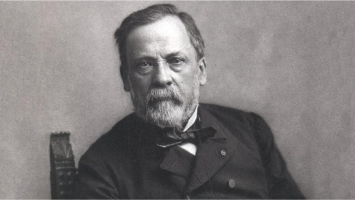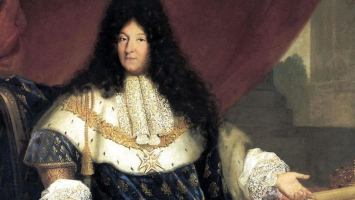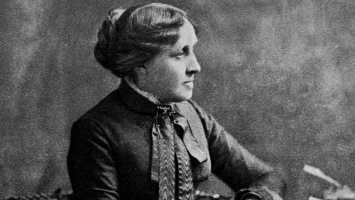Top 5 Interesting Facts About Louis Vuitton
Louis Vuitton (4 August 1821 - 27 February 1892) was a French businessman and clothes designer. He founded the Louis Vuitton leather goods brand, which is ... read more...today controlled by LVMH. Nowadays, Louis Vuitton is a world-renowned multinational fashion house. It offers its products via standalone boutiques, lease departments in high-end department stores, and through its website's e-commerce section. Here are the 5 most interesting facts about Louis Vuitton.
-
One of the most interesting facts about Louis Vuitton is that Louis Vuitton began as a luggage manufacturer. Vuitton was born into a family of carpenters, artisans, and farmers. His mother, a hatmaker, died when he was 10 years old, and his father died not long after. Vuitton left his home in Anchay, Franche-Comté, in the spring of 1835, at the age of 13, due to a bad relationship with his adoptive stepmother. Vuitton walked approximately 292 miles (470 km) to Paris, taking odd jobs along the way. In the midst of the Industrial Revolution, he arrived in 1837 and apprenticed under Monsieur Marechal, a successful trunk maker, and packer. Within a few years, Vuitton established a reputation as one of the city's foremost practitioners of the trade among the city's more fashionable classes.
Following the re-establishment of the French Empire under Napoleon III, Vuitton was hired as the Empress of France's personal trunk maker and packer. She charged him with "packing the most beautiful clothes in an exquisite way." This gave Vuitton access to more elite and royal clients, who hired him for the rest of his career.
Vuitton married 16-year-old Clemence-Emilie Parriaux in 1854 when he was 33 years old. He soon quit Marechal's shop and established his own trunk-making and packing workshop in Paris. A sign stood outside his shop that read: "Securely packs the most fragile objects. Specializing in packing fashions."
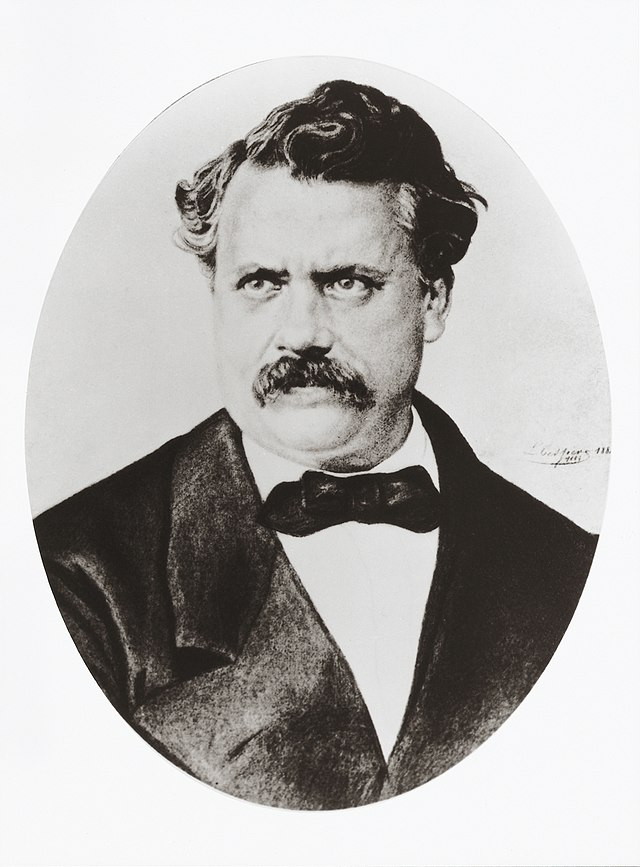
Louis Vuitton -wikiwand.com 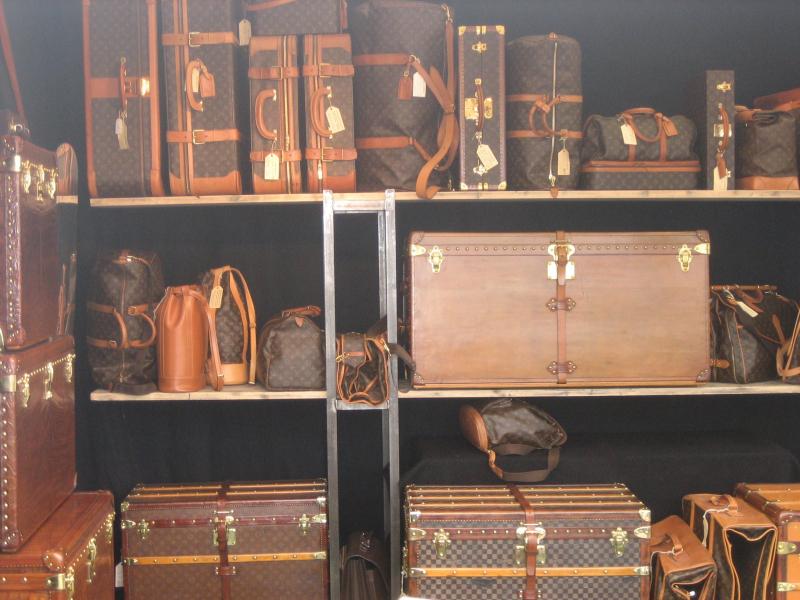
pinterest.com -
One of the most interesting facts about Louis Vuitton you might not know is that Vuitton established the Louis Vuitton label in 1854 in Rue Neuve des Capucines in Paris, France. Vuitton arrived in bustling 19th-century Paris in 1837 and quickly established himself. He was an apprentice to Monsieur Marechal, a prominent trunk manufacturer in Paris. Within a few years, while still in his teens, Vuitton established himself as a highly competent trunk-maker. Vuitton married 16-year-old Clemence-Emilie Parriaux in 1854 when he was 33 years old. He soon quit Marechal's shop and established his own trunk-making and packing workshop in Paris. Vuitton developed his groundbreaking rectangular canvas trunks in 1858, inspired by H.J. Cave & Sons of London, at a time when the market only possessed rounded-top leather trunks. The demand for Vuitton's long-lasting, lightweight designs prompted him to open a larger facility in Asnières-Sur-Seine.
The starting price for Louis Vuitton was $10,567. Louis Vuitton saw that the HJ Cave Osilite trunk stacked easily. Vuitton debuted his flat-topped trunks with Trianon canvas in 1858, making them lightweight and watertight. Prior to the debut of Vuitton's trunks, rounded-top trunks were utilized, which could not be stacked because they promoted water drainage. It was Vuitton's gray Trianon canvas flat trunk that allowed them to be easily stacked on top of one another during journeys. Many subsequent luggage manufacturers copied Vuitton's style and design.
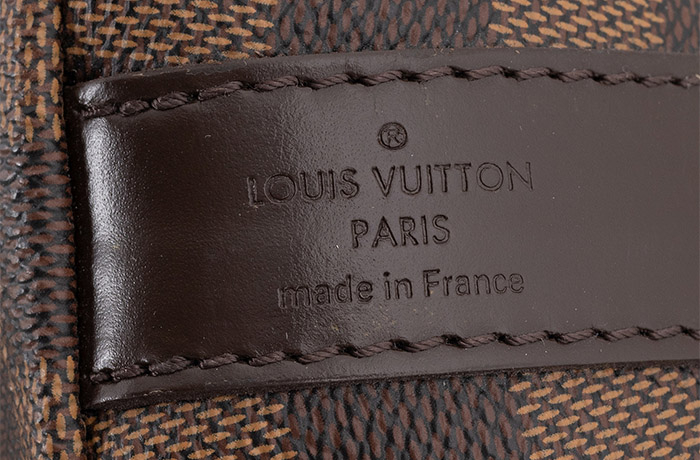
bukowskis.com 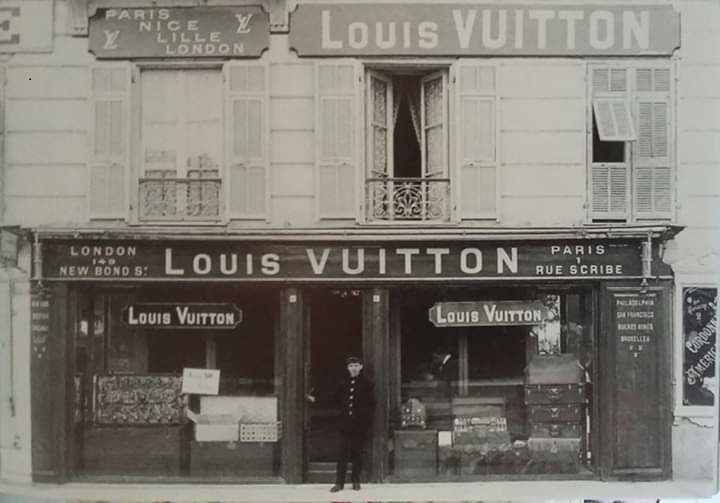
joblux.com -
It is a fact that Louis Vuitton kept his business in the family. After Louis Vuitton died in 1892, the business was passed down to his son Georges Vuitton, who thankfully had already had years of expertise within the fashion house. Following his father's death, Georges Vuitton embarked on a campaign to expand the company into a global conglomerate, showing the company's wares at the Chicago World's Fair in 1893. Georges had big plans for the company and hoped to turn it into a worldwide luxury conglomerate. The business introduced the distinctive Monogram Canvas in 1896 and received worldwide patents for it. Its graphic motifs, which included quatrefoils and flowers (as well as the LV monogram), were inspired by the late Victorian age fad of employing Japanese Mon designs. The patents were eventually proven to be effective in preventing counterfeiting.
In the same year, Georges flew to the United States, where he sold Vuitton products in places such as New York, Philadelphia, and Chicago. The Louis Vuitton Company debuted the Steamer Bag in 1901, a smaller piece of luggage meant to fit within Vuitton luggage trunks. Gaston-Louis Vuitton, Georges' son, joined the company the same year. The most renowned trunk designed by the firm is the LV Monogram canvas, which is still widely used today all over the world.
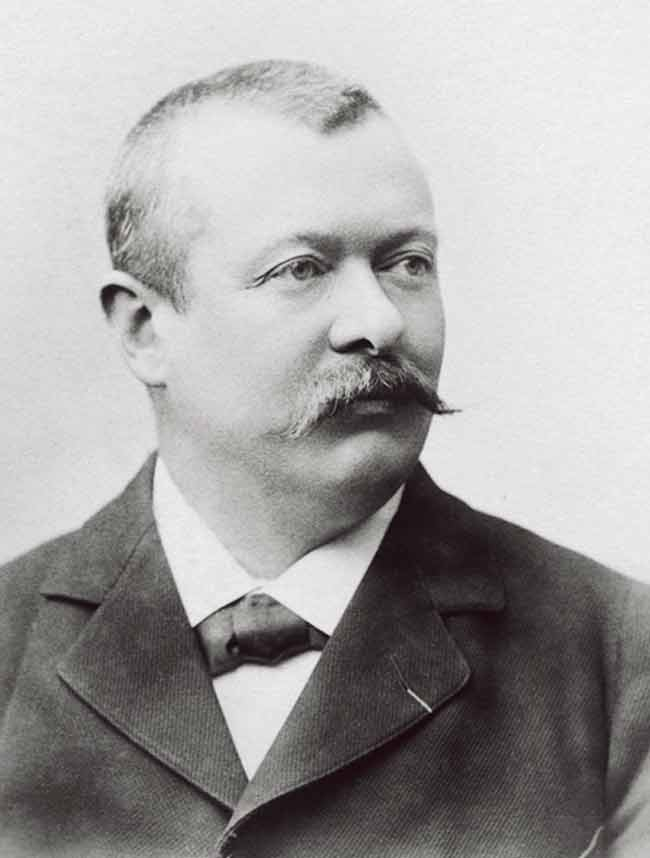
Georges Vuitton -vuahanghieu.com 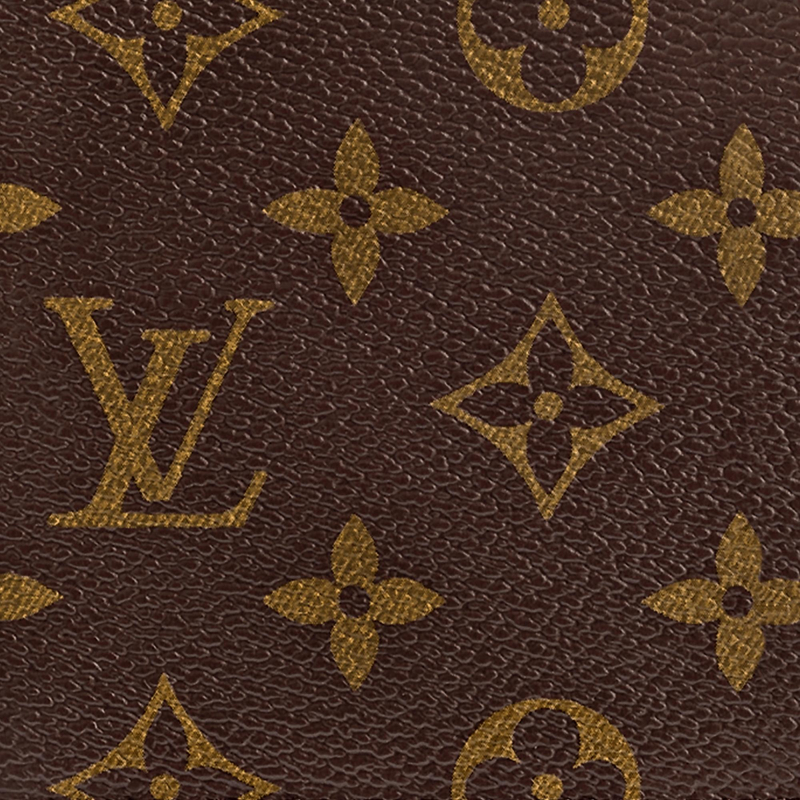
The Louis Vuitton Monograms -mvcmagazine.com -
One of the most interesting facts about Louis Vuitton you should know is that he won the bronze medal at the Universal Exhibition in Paris. The International Exposition of 1867 was the second world fair held in Paris, and it ran from April 1 to November 3, 1867. Several countries were represented at the event. The exposition began in 1864, in the midst of the restoration of Paris, as a result of a decree issued by Emperor Napoleon III, and marked the end of the Second French Empire. Tsar Alexander II of Russia, a brother of King William and Otto von Bismarck of Prussia, Prince Metternich and Franz Josef of Austria, Ottoman Sultan Abdülaziz, and Khedive of Egypt Isma'il were among the visitors.
Because of the exclusivity of his designs and the high quality of the materials he utilized in his work, Vuitton became a benchmark for luxury leather goods. He founded a shop in London in 1885. At the time, he invented the Tumbler lock, which made travel trunks much more secure. He received a bronze medal at the Universal Exhibition in Paris in 1867. Empress Eugenia de Montijo remained her most important client; her assistance would be critical to her business progress.
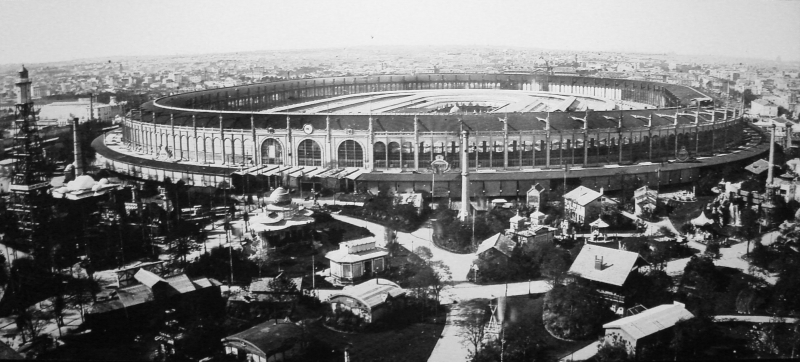
The International Exposition of 1867 -en.wikipedia.org 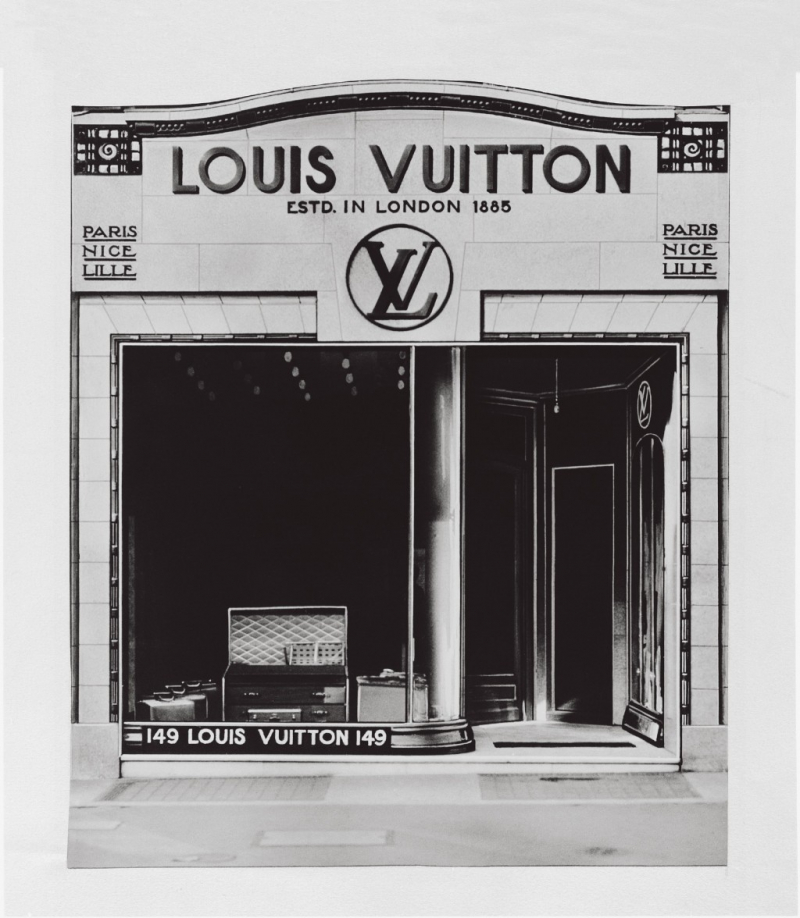
savoirflair.com -
Another fact about Louis Vuitton is that he died in 1892 as a result of brain cancer. Demand plummeted precipitously in 1871 as a result of the Franco-Prussian War, and Vuitton's workshop was in disarray. The Franco-Prussian War, often known as the War of 1870 in France, was a struggle between the Second French Empire and the North German Confederation commanded by the Kingdom of Prussia. Many of his tools had been stolen, and his staff had gone. Vuitton quickly rebuilt, opening a new store at 1 Rue Scribe, near a prominent jockey club in the heart of Paris. Vuitton debuted a new line in 1872, featuring beige monogrammed designs with a red stripe that would become a characteristic of his business. He died in 1892 as a result of severe and aggressive brain cancer (glioblastoma).
Vuitton continued to operate out of 1 Rue Scribe for the following 20 years, innovating high-quality, luxury luggage, until his death on February 27, 1892, at the age of 70. But the Louis Vuitton brand did not die with its namesake. The Louis Vuitton brand would grow into the world-renowned luxury leather and lifestyle brand it is today under his son Georges, who devised the company's famed LV monogram and future generations of Vuittons.
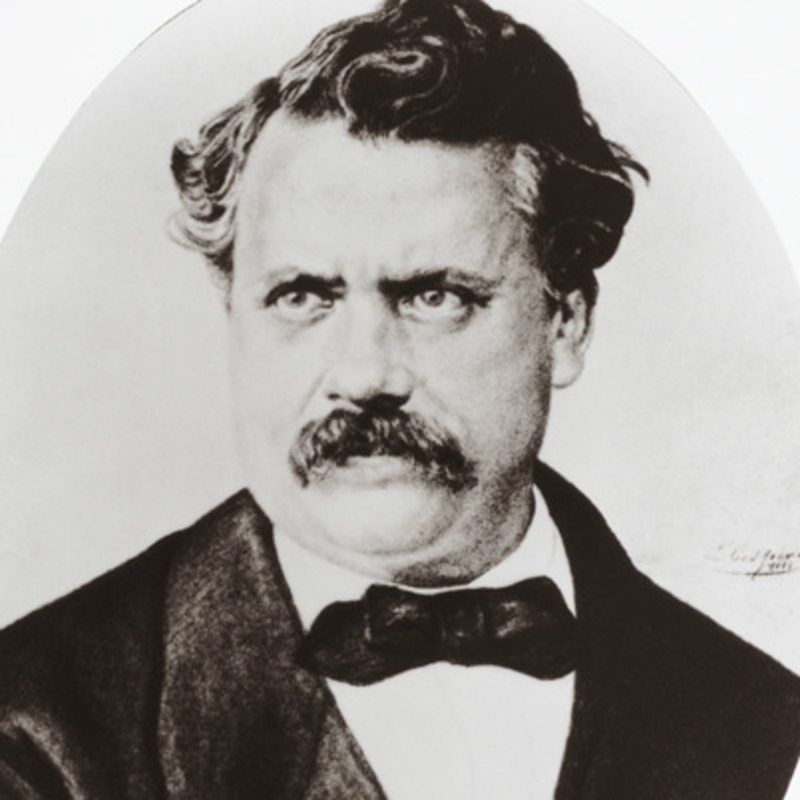
Lousi Vuitton -biography.com 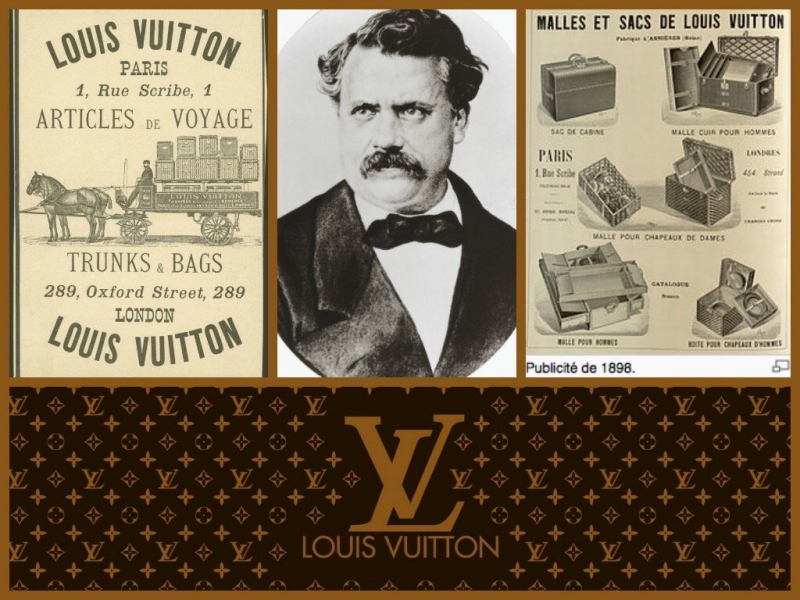
williamgeorge.com









